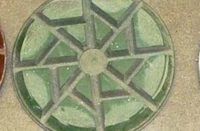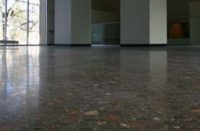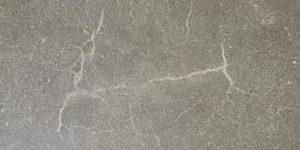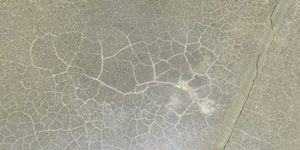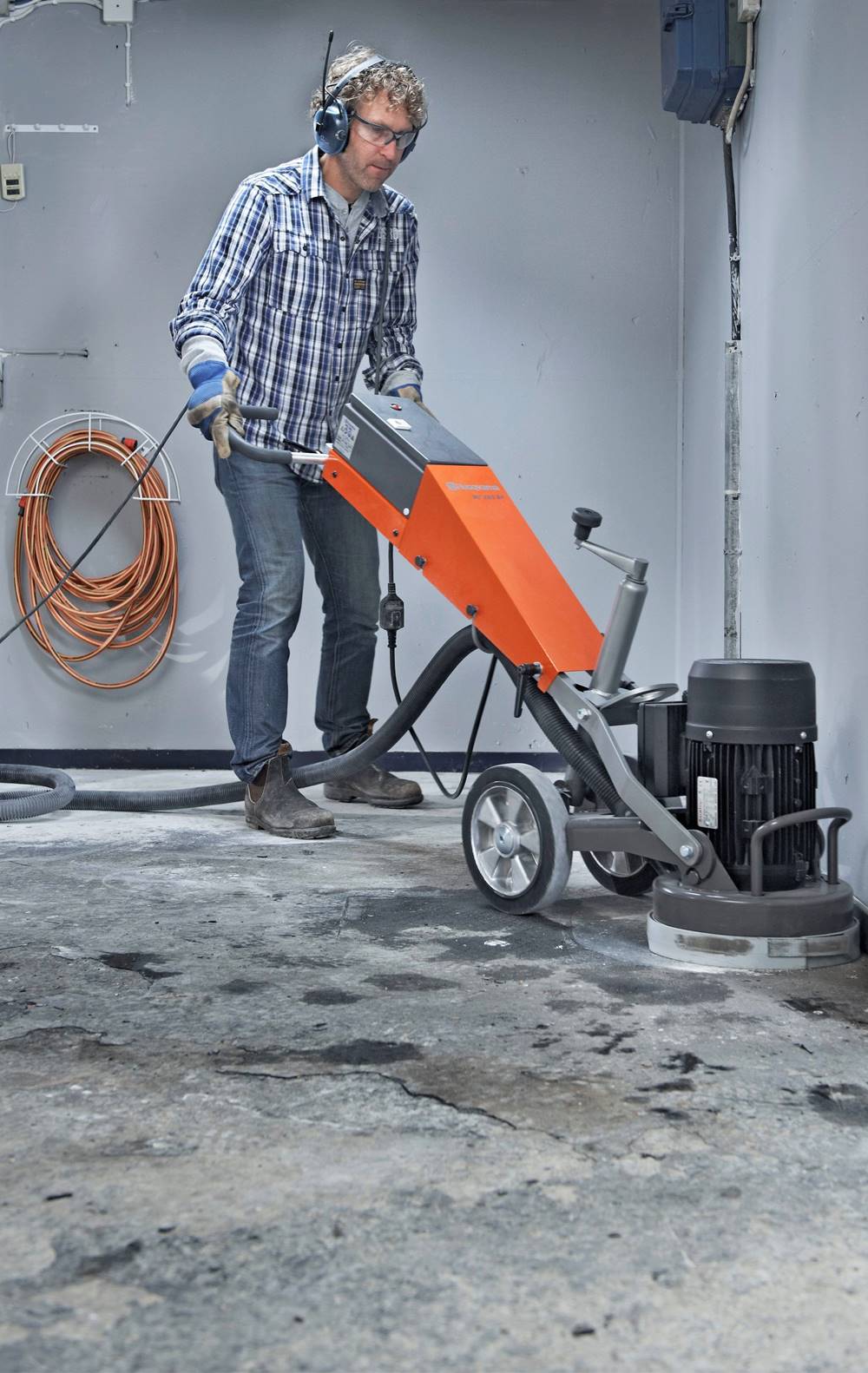
As we discussed in Concrete 101, concrete is a hard, durable surface made up of cement, aggregate and water. It’s the single, largest, volume-building material used worldwide. All totaled, that equates to about 10 billion tons a year.
For the most part, concrete does its job, and we hardly ever think about it. However, when concrete is defective and/or abused and broken, we must repair it. Learning to identify concrete defects and the procedures to fix these problems can be advantageous. It can mean the difference between finishing on time or causing a scheduling glitch for an entire project. I ran into delamination recently, so I thought we’d start with this defect.
What is delamination, and how do we fix and then polish it?
Delamination and blisters are similar. Delaminated surface-mortar areas result from bleed water and air entrapment below the prematurely closed (condensed) mortar. Entrapment happens primarily when the concrete contractor finishes the surface before bleeding has occurred.
Unfortunately, concrete finishers must wait after placing concrete to allow air and water to escape before troweling. The waiting period will vary along with the concrete mixture, placing procedures and weather conditions.
If you suspect delamination, a testing company can survey the slab by sounding. The survey involves dragging a chain across the surface — or tapping with a hammer — and listening for hollow sounds. A hollow sound indicates delaminated areas. A ringing sound indicates intact concrete.
An example
While a crew worked nights removing the flooring and then polishing, they began grinding wet to remove the glue and create a polishing foundation. It was slow-going. Since the diamonds didn’t cut through the dark, hard substrate, they assumed it was a patch. Instead of stopping and asking questions, they decided the diamonds would eventually grind through. After cross-hatching twice (eight passes), the crew ran out of ideas around 4 a.m. and finally stopped.
They reported back to the office that they had concrete patches randomly on the floor, and wet grinding wasn’t sufficient. Management had to decide whether to polish the patches or remove them all.
After reviewing photos and discussing experiences, they realized the dark, hard part was the concrete’s cap, not a patch. So they changed approaches. They broke off the brittle cap with a hammer. They then used a metal putty knife to pop off the remaining areas. Following that, they blended the exposed area with a hand grinder.
Finally, they were back to a regular polish job with one minor exception. The concrete absorbed twice the amount of densifier typically applied. Not all concrete delaminations are this thin and may not be this easily remedied.
When thicker, you should break up the cap delamination areas 2 feet in diameter beyond the defect. Removing the defect further outside the area will ensure only sound concrete, not hollow concrete, remains. Then prepare the surface for a polishable overlay.
Fortunately for my recent project, it was thin to win. The crew still completed the job on time and learned another valuable lesson.
Here’s the tip for removing delamination from concrete
Teach your foreman to stop and investigate when the standard operating procedures don’t work. If that cap delamination had not been thin, the entire first night would have been a waste.
By learning about specific defects your crews may encounter, the diagnosis can progress quicker. And overall, it will make much less of an impact on your gross profit.
